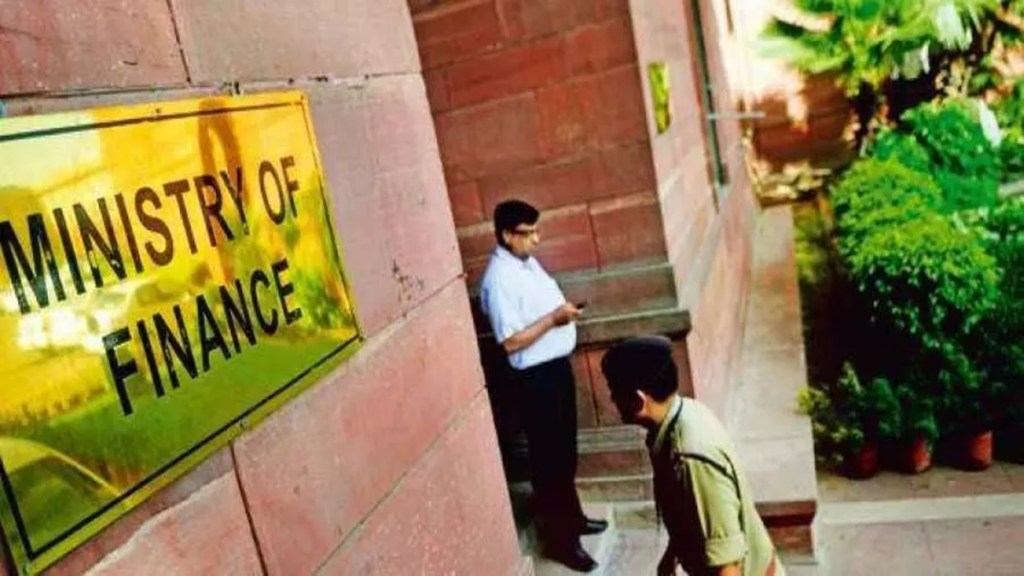Performance of various indicators during the first half of the current fiscal year provide evidence of a slowdown in urban demand, the finance ministry said in its monthly economic report for September on Monday.
“In the fourth year of economic recovery, post the contraction witnessed in FY21, several growth indicators show continuing momentum while some show signs of softening,” the report said at the outset.
This is for the first time any official statement clearly points to a weakening of economic momentum after the post-pandemic economic recovery.
Several signs of slowdown – including a 3.76% decline in export of merchandise in Q1 on a favourable base, fall sales in commercial vehicles and tractors H1FY25, and slowing of credit growth – were earlier highlighted by many analysts. Industrial capacity utilisation declined marginally to 74% in Q1FY25, falling off the 44-quarter peak of 76.8% reported in the previous quarter, even as inventory-sales ratio inched up.
Echoing similar sentiments, the ministry’s report said: “Volume growth in urban FMCG sales has moderated from 10.1% in Q1 of FY24 to 2.8% in Q1 of FY25. As per FADA, auto sales declined by 2.3% in H1 of FY25, mainly due to the lower sales in Q2 of FY25 compared to Q2 of FY24 in urban areas. Housing sales and launches also dipped in Q2 of FY25.” The report, however, added that while these trends may be largely explained by softening consumer sentiments,” limited footfall due to above-normal rainfall, and seasonal periods during which people tend to refrain from new purchases.”
The latest RBI Consumer Confidence Survey for the September 2024 round, however, highlighted an improvement in consumer sentiments due to better perceptions of general economic and income conditions and employment. Both the Current Situation Index and
Future Expectations Index have shown a sequential improvement. “Going forward, the ongoing festive season and improvement in consumer sentiments may boost urban consumer demand. However, early indications were not particularly promising,” the finance ministry said.
However, the ministry believes “rural demand continues to strengthen in H1 of FY25.” This, it said, has been supported by above-normal monsoon boosting Kharif sowing, an increase in Minimum Support Price (MSP) for Kharif crops, and government initiatives like increased allocation for Mahatma Gandhi National Rural Employment Guarantee Scheme. “The improvement in rural demand is reflected in rising Fast Moving Consumer Goods sales reported by Nielsen IQ,
which grew by 5.2% in volume terms in Q1 of FY25, higher than the 4% growth in the corresponding quarter of the previous year,” it said.
The ministry economists nevertheless maintained that the Indian economy will grow between 6.5% and 7% in the current fiscal year. They cautioned that risks stem from global factors such as geopolitical conflicts, rising geo-economic fragmentation, uncertainties about major economies’ trade policies, and consequent financial market reactions.
The outlook for the Indian economy was underpinned by a stable external sector, a positive agricultural outlook, expected improvements in demand supported by the festive season, and the likelihood of an increase in Government spending, which will boost investment activity. Given the overall subdued inflation, barring a few food items, the real price of money may have gone up.
After two months of low inflation, consumer price inflation rose in September, primarily driven by the effects of the erratic monsoon on a few vegetable supplies.


